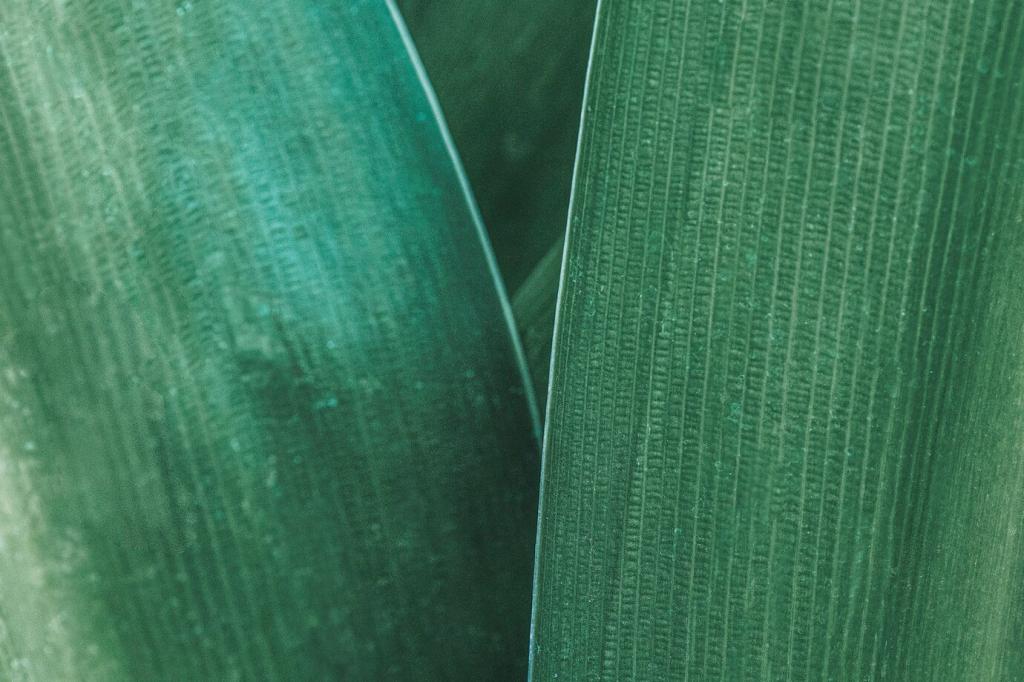
Eco-Friendly Flooring Materials
Discovering eco-friendly flooring materials is essential for creating sustainable and healthy living and working environments. With growing awareness about environmental responsibility, more individuals and businesses are seeking options that minimize ecological impact while providing durability, style, and comfort. Eco-friendly flooring not only supports the planet but can also offer unique textures, colors, and practical advantages, making it a wise investment for any space.
Eco-friendly flooring materials contribute to reduced environmental degradation by using renewable resources and limiting chemical processing. These benefits extend from harvesting raw materials through installation and long-term use, resulting in lower carbon emissions and waste. With careful manufacturing and supply chain choices, such materials support forestry, agriculture, or recycling industries that prioritize environmental stewardship over short-term gains.
The Importance of Sustainable Flooring
Bamboo Flooring: Rapidly Renewable and Stylish
Bamboo is one of the fastest-growing plants in the world, with some species capable of regenerating within three to five years. This rapid growth enables frequent harvesting without depleting natural forests. When sourced responsibly, bamboo flooring ensures a continuous, readily available supply of raw material, making it a genuinely renewable flooring solution with minimal ecological impact.
Despite being classified as a grass, bamboo is remarkably resilient and hard. Strand-woven bamboo, in particular, can outperform many hardwoods in terms of strength and scratch resistance. This makes bamboo flooring a practical choice for high-traffic areas, combining durability with minimal maintenance requirements. Its natural resistance to moisture further adds to its suitability in diverse climates and settings.
Bamboo’s natural grains and color variations provide a contemporary, sophisticated appearance that fits a range of interior design styles. From a light, Scandinavian-inspired finish to deep, rich stains, bamboo can be tailored to match any space. Its clean, modern lines and flexibility in installation further enhance its adaptability for residential and commercial projects alike.
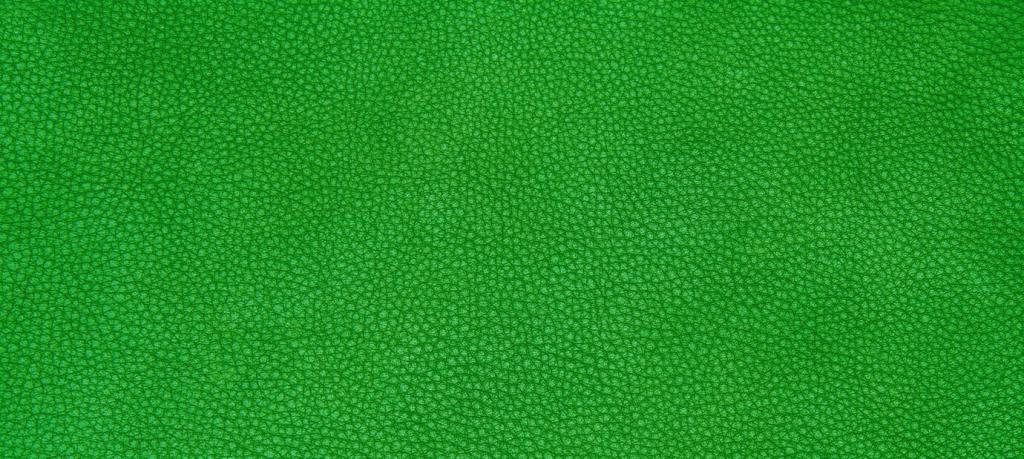
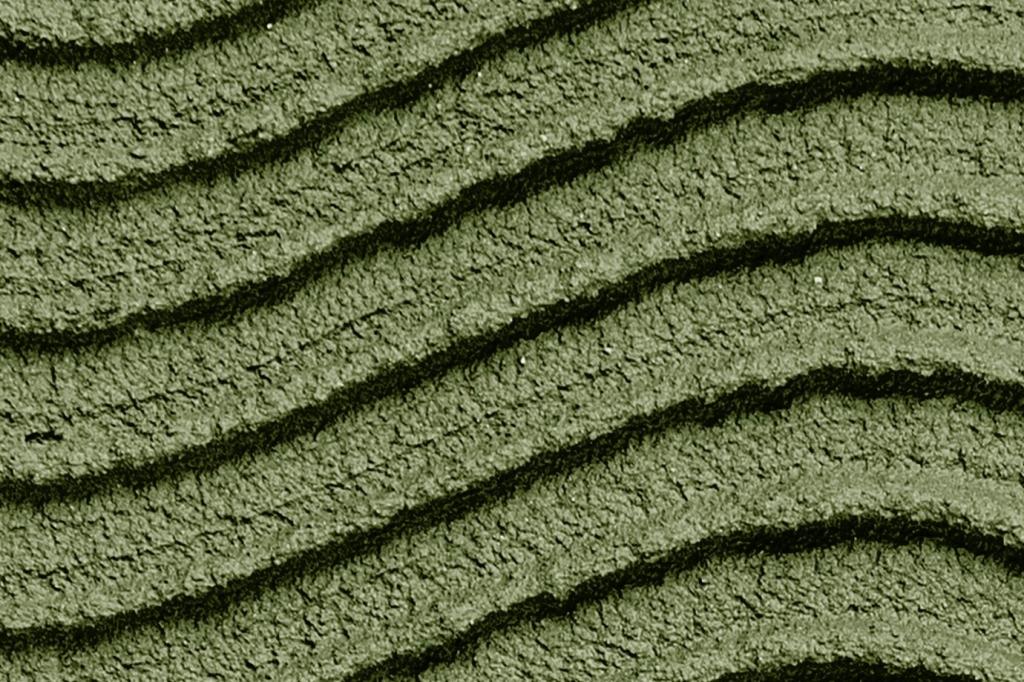
Renewable Harvesting Process
The cork harvesting process is environmentally gentle, as only the bark is removed from cork oak trees without causing harm or necessitating tree removal. This bark regenerates every nine to twelve years, supporting both biodiversity and local economies. Cork plantations are important carbon sinks and provide habitat for numerous plant and animal species, making cork flooring a genuinely sustainable choice.
Natural Comfort and Insulation
Cork’s structure is composed of millions of tiny air cells, which endow the material with natural softness and cushioning. This underfoot comfort reduces fatigue, making cork flooring ideal for kitchens, playrooms, or any space where people stand for extended periods. The insulating properties also help maintain a comfortable indoor temperature and dampen sound, contributing to a peaceful living environment.
Health and Allergy Benefits
Cork flooring offers significant advantages for health-conscious consumers, as it is naturally resistant to mold, mildew, and pests. Its hypoallergenic qualities make it suitable for people with asthma or allergies. Additionally, cork’s antimicrobial properties help prevent bacteria growth, ensuring a sanitary and safe floor surface throughout its long lifespan.
Reclaimed Wood Flooring: Giving Timber a Second Life
Environmental Conservation
Using reclaimed wood minimizes the demand for freshly harvested timber, preserving forests and the ecosystems they support. By recycling wood that would otherwise be discarded, homeowners and builders can significantly reduce their carbon footprint. The energy footprint of reclaiming and refining old wood is generally lower than producing new flooring from scratch.
Unique Character and Authenticity
Every plank of reclaimed wood tells its own story through character marks, knots, nail holes, and weathered patinas. This depth of character cannot be replicated by new materials, giving spaces a sense of authenticity and timeless charm. Reclaimed wood flooring is highly valued by designers and property owners who seek to incorporate warmth and individuality.
Durability and Longevity
Old-growth timber used in historical buildings often boasts superior density and toughness compared to newer woods. When properly restored, reclaimed wood flooring can withstand decades of use, even in high-traffic areas. Its inherent durability, combined with modern manufacturing techniques, ensures a beautiful floor that performs well over generations.
Linoleum Flooring: Biodegradable and Vibrant
Linoleum’s manufacturing process relies exclusively on renewable raw materials, making it biodegradable at the end of its long life cycle. With low energy demands during production and the absence of harmful chemicals, linoleum stands out as an environmentally responsible flooring option. For homeowners seeking green alternatives to plastics, linoleum offers peace of mind.
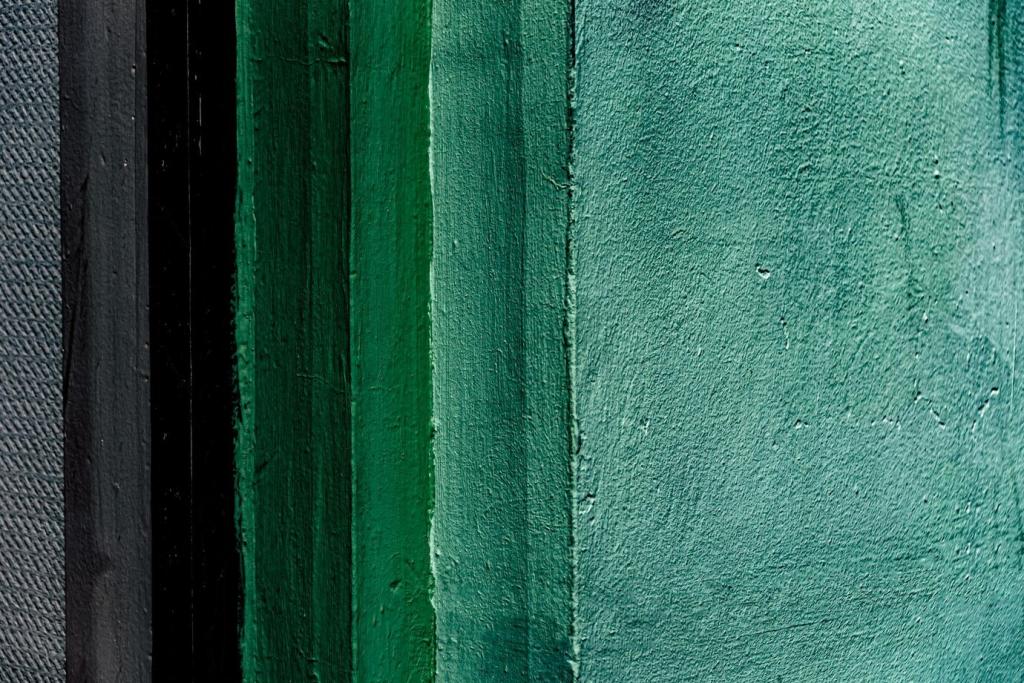
Durability and Lasting Value
Natural stone flooring is celebrated for its extreme durability and ability to withstand heavy use, making it ideal for entryways, kitchens, and commercial settings. Its longevity often exceeds that of other flooring materials, meaning replacement and associated environmental impacts are minimized over time. When properly cared for, stone flooring can last for a century or more.
Eco-Conscious Quarrying and Sourcing
The environmental impact of stone flooring largely depends on how and where it is quarried. Choosing local or regionally sourced stone can reduce transportation emissions, while engaging suppliers who follow responsible quarrying practices ensures habitats are preserved and land is rehabilitated. Some suppliers also offer reclaimed or salvaged stone, reducing the need for new extraction.
Natural Aesthetics
Each stone tile or slab is unique, reflecting the beauty and history of the earth itself. From subtle marbling to dramatic veining and varied textures, natural stone offers one-of-a-kind appeal. Its organic appearance harmonizes with both traditional and modern spaces, adding intrinsic value and elegance to any interior or exterior environment.
Recycled glass tiles are made from post-consumer bottles and windows, transforming waste into beautiful, light-reflective surfaces. Glass tiles are non-porous, naturally resistant to mold and stains, and available in a range of translucent and opaque colors. Their shimmering quality enhances spaces with brightness and elegance, often turning floors into design focal points.
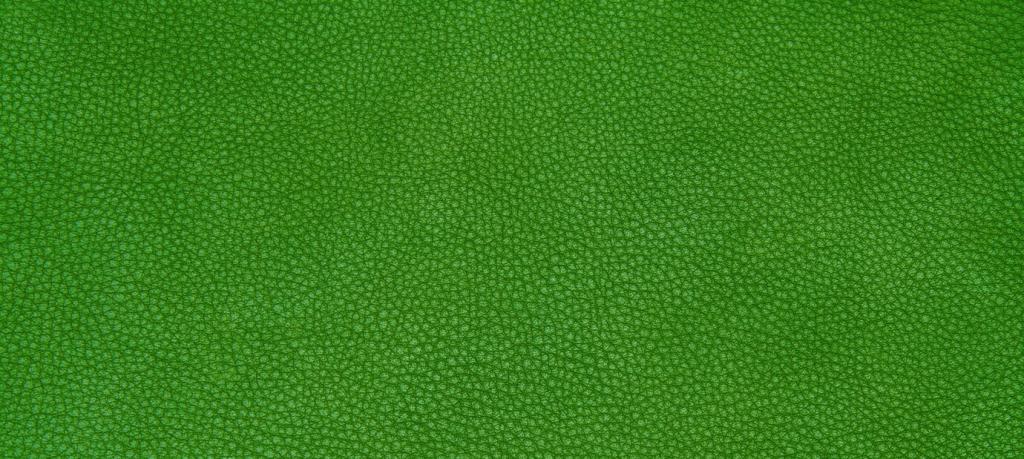
Wool and Natural Fiber Carpets: Cozy, Renewable Softness
Wool is a time-honored, completely renewable material that can be sheared from sheep annually. Wool carpets are exceptionally warm, fire-resistant, and naturally repel dirt and stains. The fibers’ resilience ensures that wool carpets retain their appearance for years, and their inherent softness provides everyday comfort in living rooms, bedrooms, and lounges.
Previous
Next
